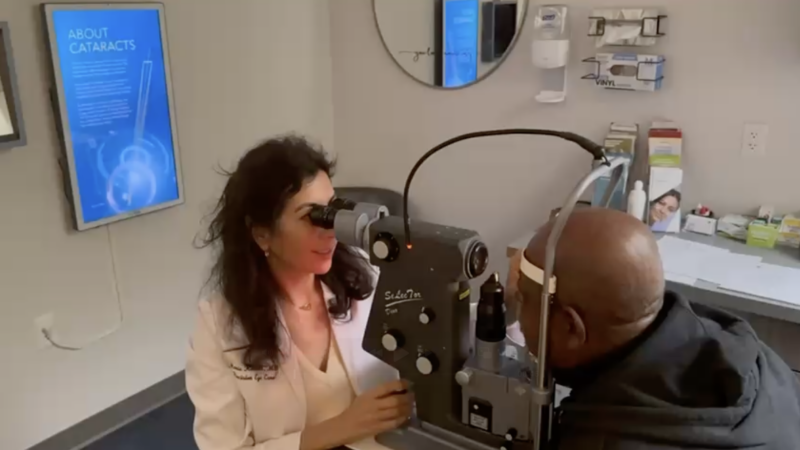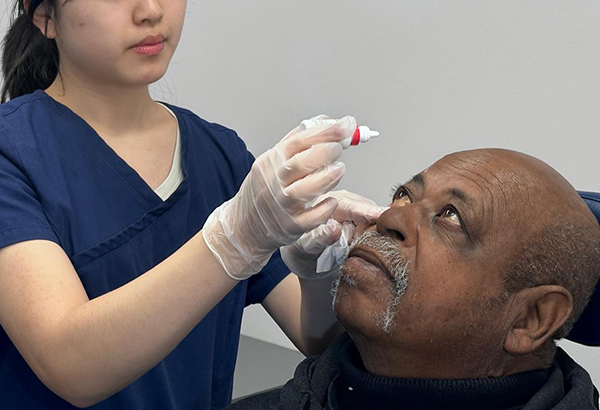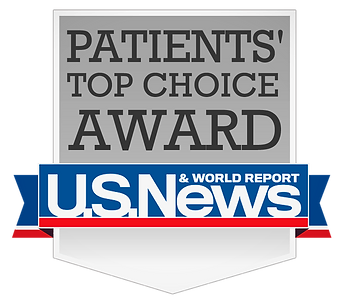Treatment Options for Ocular Hypertension and Open Angle Glaucoma: Drops vs. Selective Laser Trabeculoplasty
Hypertension & Glaucoma
Managing ocular hypertension (OHT) and open-angle glaucoma (OAG) focuses primarily on lowering intraocular pressure (IOP) to prevent or slow vision loss. Traditionally, eye drops have been the go-to option for reducing IOP, but advancements like selective laser trabeculoplasty (SLT) offer patients a compelling alternative. Here’s what you need to know about these two treatments and how they compare.
 Why Lowering IOP Matters
Why Lowering IOP Matters
In OHT and OAG, elevated IOP damages the optic nerve over time, leading to vision loss. By reducing IOP, we can preserve visual function. Both eye drops, particularly prostaglandin analogs (PGAs), and SLT have shown effectiveness in achieving this goal. However, recent findings from the LiGHT Trial shed light on when each option might be most effective.
SLT as a First-Line Treatment
The LiGHT Trial demonstrated that SLT is a safe and effective first-line treatment for OHT and OAG. Unlike eye drops, SLT uses a laser to target the trabecular meshwork (the eye’s drainage system), improving fluid outflow and lowering IOP. This approach circumvents issues like medication adherence and potential side effects from long-term drop use.
How Baseline IOP Influences Treatment Outcomes
The study revealed that the effectiveness of both SLT and eye drops depends on a patient’s baseline IOP:
- Higher Baseline IOP (≥ 25 mmHg): SLT tends to perform better than drops, achieving greater IOP reductions. For baseline IOP ≥ 30 mmHg, nearly 98% of patients treated with SLT experienced a 20% or greater IOP reduction, compared to 86% with drops.
- Lower Baseline IOP (< 20 mmHg): Drops showed a slight advantage, achieving a higher percentage reduction in IOP than SLT. However, the clinical relevance of this difference is minimal, especially given the small number of patients studied at these lower IOP levels.
Benefits of SLT
SLT is particularly beneficial for patients who:
- Struggle with adhering to daily eye drop regimens.
- Experience side effects from medication.
- Require a predictable and standardized treatment approach.
Considerations for Eye Drops
While SLT has many advantages, eye drops remain a reliable option, especially for patients with lower baseline IOP or those who prefer a non-invasive treatment. Drops like PGAs are effective, well-tolerated, and can be adjusted based on individual needs.
Making the Best Choice for You
Choosing between SLT and eye drops depends on several factors, including your baseline IOP, overall health, lifestyle, and treatment goals. While SLT offers the convenience of a one-time procedure with long-lasting effects, drops allow for flexibility and are often a first choice for patients with mild OHT or OAG.
Final Thoughts
Both SLT and eye drops are effective treatments for lowering IOP, with their performance influenced by baseline IOP levels. SLT excels in cases of higher IOP, while drops may be better suited for lower pressures. Discussing these options with your ophthalmologist will help determine the best treatment for your needs, ensuring the protection of your vision for years to come.
If you’re curious about SLT or want to revisit your treatment plan, schedule a consultation today. Together, we’ll create a personalized approach to safeguard your eye health.
Struggling with high eye pressure (OHT) or open-angle glaucoma (OAG)?
Reducing intraocular pressure (IOP) is key to slowing vision loss, and now there are more options than ever!
Eye Drops: Long-trusted and effective for lowering IOP.
Selective Laser Trabeculoplasty (SLT): A safe, first-line treatment backed by studies like the LiGHT Trial.
Key Insights:
SLT may perform better for higher IOP levels (≥ 25 mmHg).
Eye drops often excel at lower IOP levels (< 20 mmHg).
Both approaches can be tailored to your unique needs!
Talk to your ophthalmologist to explore the best treatment for your eyes and protect your vision.






 Why Lowering IOP Matters
Why Lowering IOP Matters
